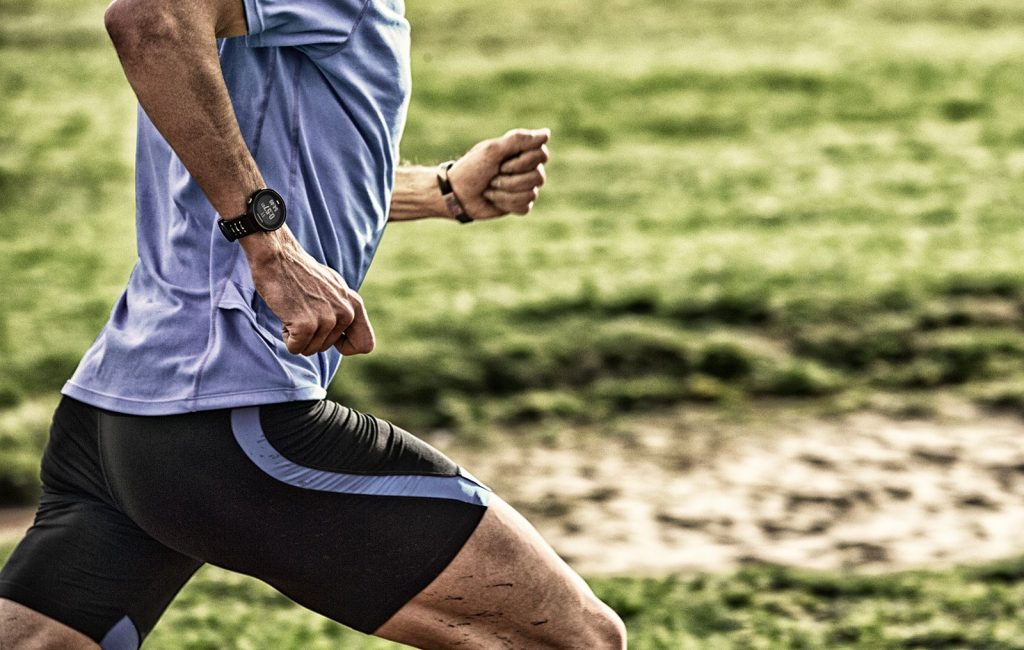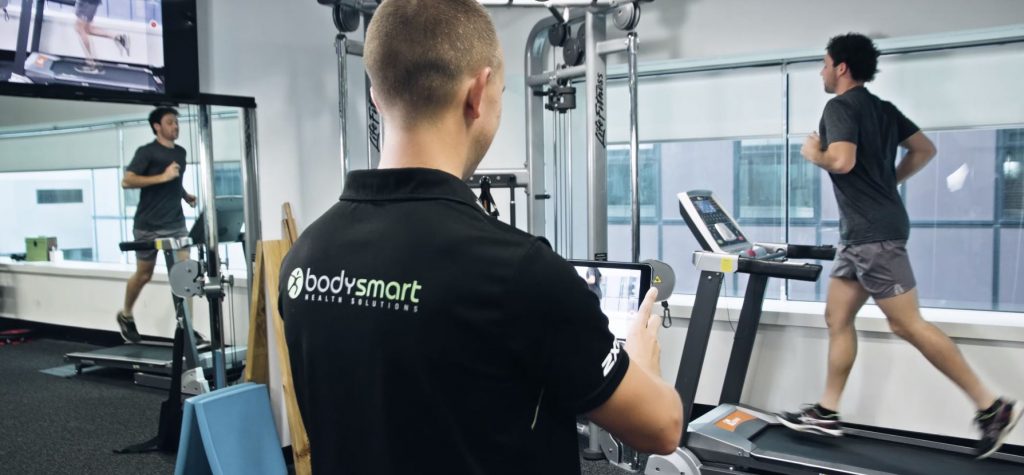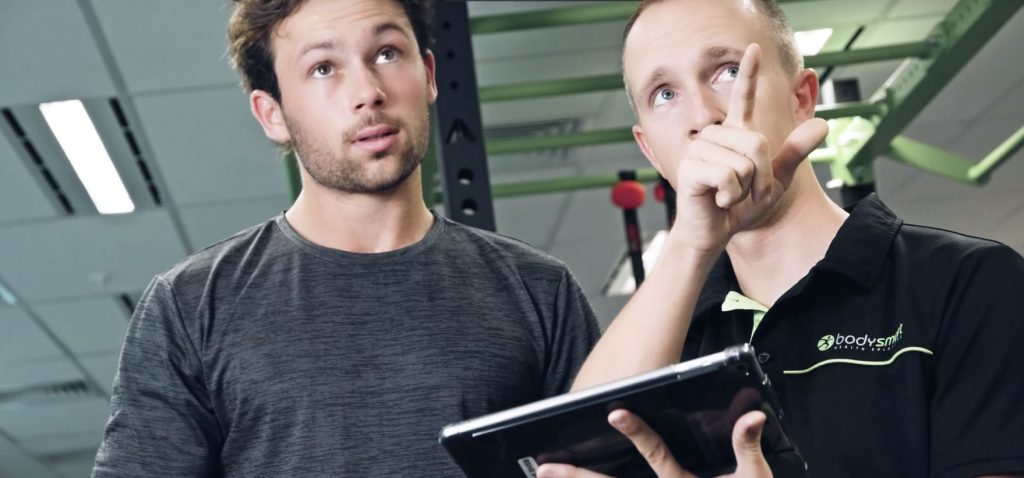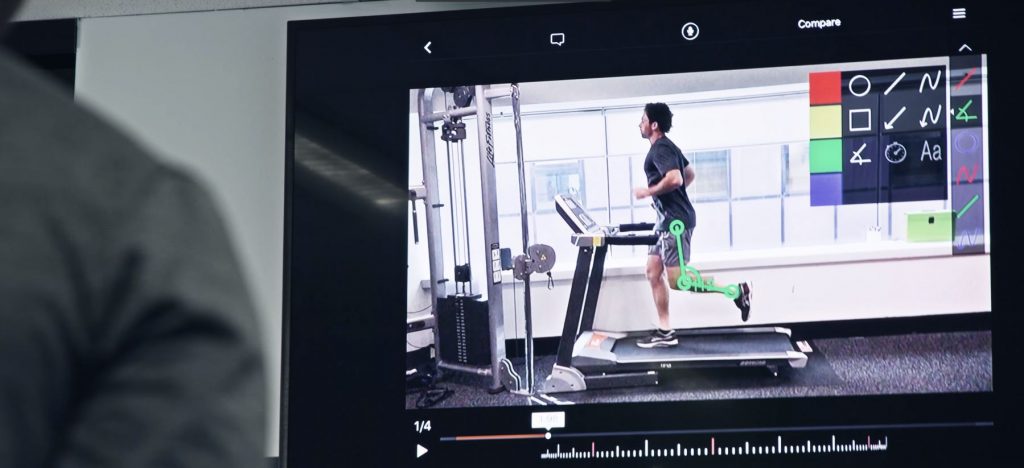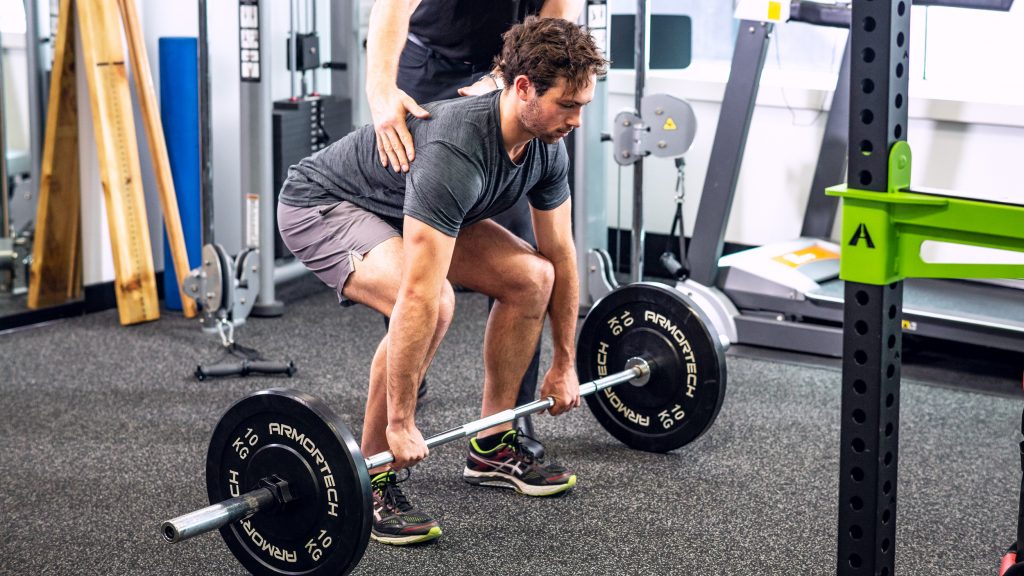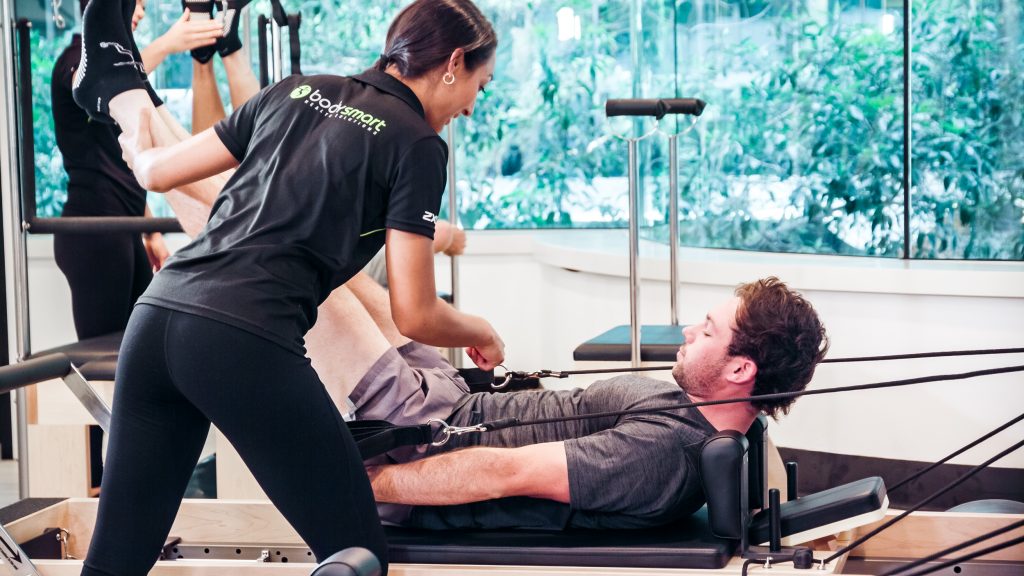Shin splints Perth 5 expert tips
Perhaps you are trying to get fitter? Maybe you have decided to attempt your first marathon; to smash your old PB; to join a sports team; challenge yourself at triathlon; or complete a hike for charity. Or did your friend simply drag you along to your local community running group? All these are virtuous and worthy goals, but a sudden change in exercise can be a prelude to injury which may derail your best-laid fitness plans. Shin Splints Perth
One of the most frequent injuries that I see, associated with running, is that of Medial Tibial Stress Syndrome a.k.a. shin splints. Shin splints are characterised by pain along the edge of the shin (tibia) during running, but can progress to become sore even to touch or during everyday activities such as walking. This pain is thought to be a stress reaction resulting from excessive strain of two particular leg muscles: Flexor digitorum longus (FDL) and Tibialis posterior (TP). The good news is there are lots of things you can do to ease your shin splints and reach your running goals!
Note: this article refers to shin splints as pain felt along the inside (medial) edge of the tibia as this is most common. If your pain is along the outside (lateral) edge of the tibia the advice and treatment would differ and should be discussed separately with your Physiotherapist.
Here are 5 tips to help you overcome shin splints:
1. Train smart
Your body can adapt to handle just about anything you want it to, but it needs to do it slowly. If you are asking your muscles and other soft tissues to do something far beyond their current capacity, the risk of injury rises sharply.
Training smart means taking this into account when introducing elements such as hill runs; steps (looking at you Jacob’s Ladder); different terrain (beach training for footy pre-season is a classic example); significant increases in volume (distance and time) and intensity (pace). A good rule of thumb to help reduce injury risk is as follows:
- Find a comfortable level of training (distance, pace, terrain)
- Succeed at this level twice (no pain or swelling for 48 hours afterward)
- Increase the level 10%
If you’re reading this thinking “too late, I’ve already got shin splints”, you may need a short break from aggravating activities, or at least reduce your volume and intensity to a level which is comfortable. However, there are still many exercises and activities you can undertake which will improve your running once you are able to resume. Your Physiotherapist will be able to guide you through this period and help create a training plan and exercise programme that suits you best
2. Running technique
At Bodysmart we use slow-motion video capture software to provide a detailed analysis of your running gait and style. I recommend running analysis for two reasons:
- To reduce risk of injury
- To improve running efficiency and performance
In the context of shin splints in particular, the factor which should be assessed and addressed first is that of cadence (usually measured in steps per minute). This is one of the easier aspects of your running technique to re-train and often has a remarkable effect on reducing pain and improving performance1. With slower cadence we tend to see longer contact time with the ground, longer step length, greater vertical displacement and heavier landing. By increasing cadence we reverse a lot of those parameters which results in less strain on the muscles implicated in shin splints.
Beyond cadence, other important factors which need to be analysed during running gait include:
- Foot contact point
- Step distance
- Shank angle
- Pelvic stability
- Knee Q angle (valgus/varus)
- Forward lean angle
- Step width
3. Core stability
It may seem strange that improving core stability is on this list of ways to ease shin splints. However, research has shown that a lack of trunk control produces lateral motion during running and jumping activities and is actually more pronounced in those with a history of shin splints than those without2. This side-to-side motion through the core leads to excessive contraction of muscles of the lower limb in an attempt to correct and achieve optimal body alignment. To illustrate, try balancing on one foot, then slowly lean to one side and notice how much harder your leg muscles have to work to keep you stable. This effect is amplified during running.
4. Lower limb strength
This point may seem a little more obvious: if your leg muscles are stronger, you are less likely to sustain a soft tissue injury. But when our focus is on targeting shin splints as a specific pathology, which muscles are most important to strengthen? The best evidence recommends strengthening3:
- Hip abductor muscles
- Calf muscles (particularly FDL and TP mentioned previously)
These muscles are key players in stabilising the hip, knee and ankle during gait; creating a more energy efficient running pattern and reducing strain along the medial shin. At Bodysmart we are expert at providing specific and individualised strengthening programmes to meet your needs identified during assessment.
5. Muscle length
If you’ve ever watched the slow motion replays of runners at the Olympics, you’ll appreciate how flexible they are. It’s no coincidence the greatest runners on the planet have such mobility. Runners understand that regular stretching; yoga; Pilates and foam rolling are all important to maintain the flexibility required to run efficiently and pain-free.
But when we talk about helping to treat shin splints we need to be a little more specific. Studies have shown those suffering with shin splints are generally tighter through FDL and TP muscles than those who run without shin splints4. So it’s time to brush the dust off your foam roller or trigger point ball! If you are unsure how to stretch or release the right muscles yourself, just ask us for help.
Reference list
- Luedke et al. (2016). Influence of Step Rate on Shin Injury and Anterior Knee Pain in High School Runners. Medicine and Science in Sports and Medicine; 48(7): 1244-50.
- Verrelst, R.; De Clercq, D.; Vanrenterghem, J.; Willems, T. M., (2013). The role of proximal dynamic joint stability in the development of exertional medial tibial pain- a prospective study. British Journal of Sports Medicine; 0, 1-7.
- Verreist et al. (2014). The role of hip abductor and external rotator muscle strength in the development of exertional medial tibial pain: a prospective study. British Journal of Sport Medicine; 48(21): 1564-9.
- Saeki et al. (2017). Muscle stiffness of posterior lower leg in runners with a history of medial tibial stress syndrome. Scandinavian Journal of Medicine & Science in Sports.
Quick recap
Whether you are hoping to avoid shin splints or you are already suffering from shin splints, apply these steps:
- Find a comfortable level of running training and only increase gradually (this may even mean not running for a short time)
- Book in for a running analysis and implement the recommendations to improve your running technique
- Employ core stability exercises to reduce the load on your leg muscles
- Strengthen lower limb muscles, particularly around the hip
- Release Flexor digitorum longus and Tibialis posterior
What now?
If you would like to book a running assessment or treatment session with Anthony; develop an exercise programme to work on core and lower limb; learn how to use Pilates to help improve your running; or create a training plan to meet your goals simply click on the link below.
Written by Anthony Gurr
Physiotherapist, Clinical Pilates Instructor & AA L1 Running Coach


